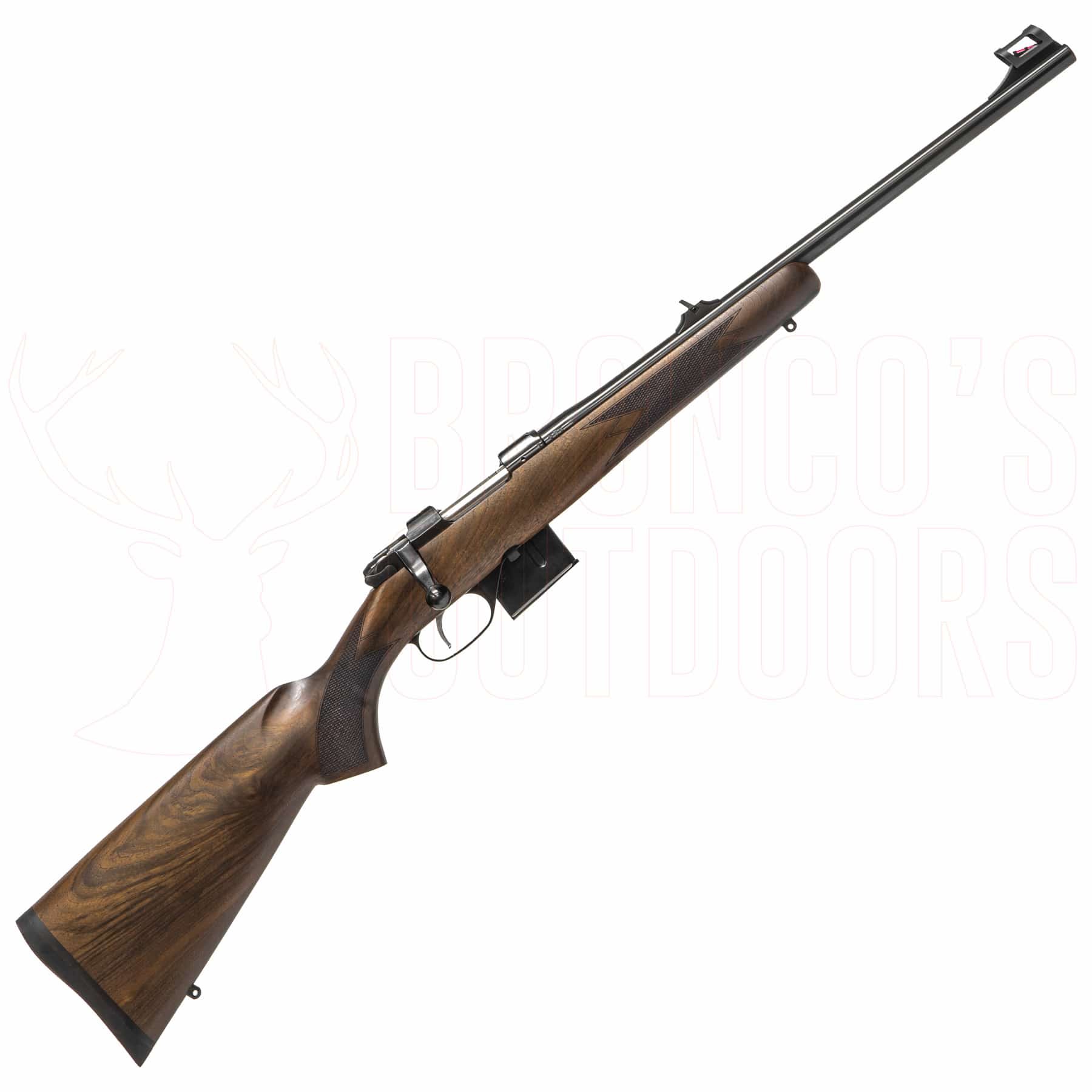

Engagements were happening at closer distances than the designers of old-school service rifles had anticipated, and the large and powerful ammunition they shot was typically more of a hindrance than an advantage.

Their experiences in the war so far had revealed that the range and accuracy capabilities of full-power rifle cartridges like 8mm Mauser were not being exploited in most combat settings. The first iteration of what we would consider a modern intermediate cartridge was created by the Germans during WWII. When the last war has been fought, there will still be unopened cans of 7.62×39 collecting dust on warehouse shelves across the world.īecause of its relative abundance, the use of this cartridge by fighters across the third world is a no-brainer, but what does it have to offer the modern American gun owner? Whether your interest in firearms has led you to become a hunter, a prepper or just a recreational shooter, there are still reasons to own and shoot 7.62×39.Ĭommercial steel-cased 7.62x39mm round. Much like the rifle that uses it, this round has been so mass-produced that it will almost certainly outlast humanity’s reign over this planet. Primarily known as the cartridge used by the ubiquitous AKM, 7.62×39 has led an interesting existence since its inception in 1943.

The German 8mm Kurz that inspired it was close, and newer lightweight projectile cartridges like 5.56 have their advantages too, but when it comes to being a true “intermediate” round, 7.62×39 takes the cake. 7.62×39, 7.62 Soviet, M43, this cartridge goes by many names, but regardless of what you call it it’s worth knowing about this prolific intermediate caliber round still used the world over.ħ.62×39 may be the best example of the intermediate cartridge done right.


 0 kommentar(er)
0 kommentar(er)
